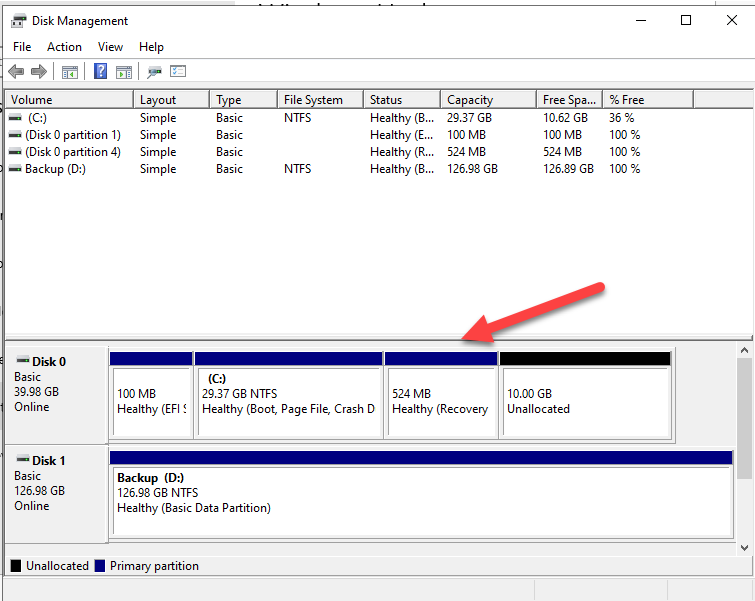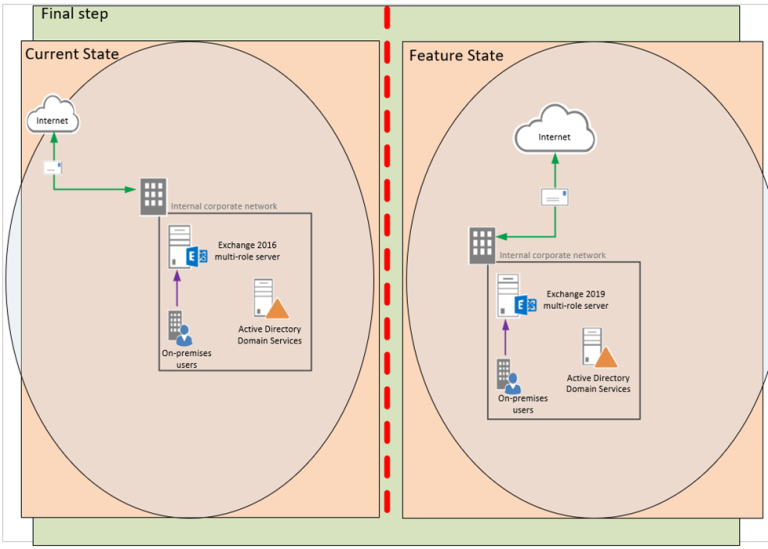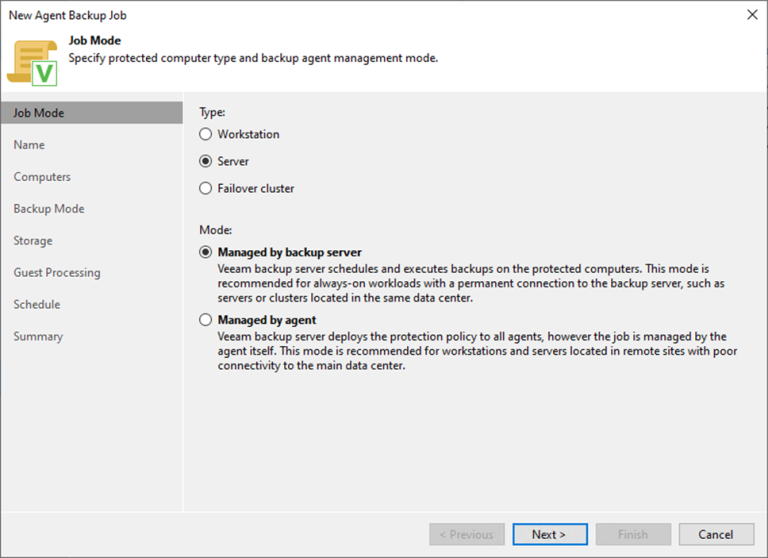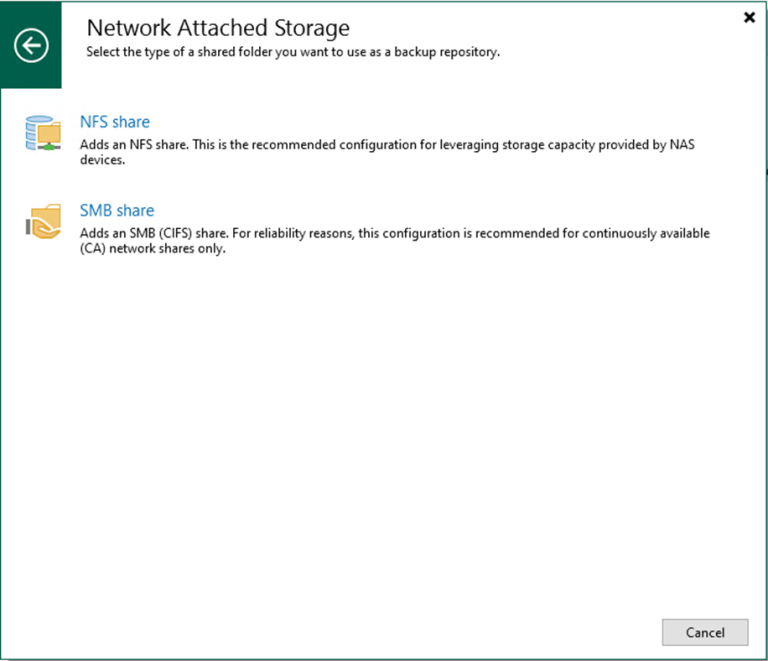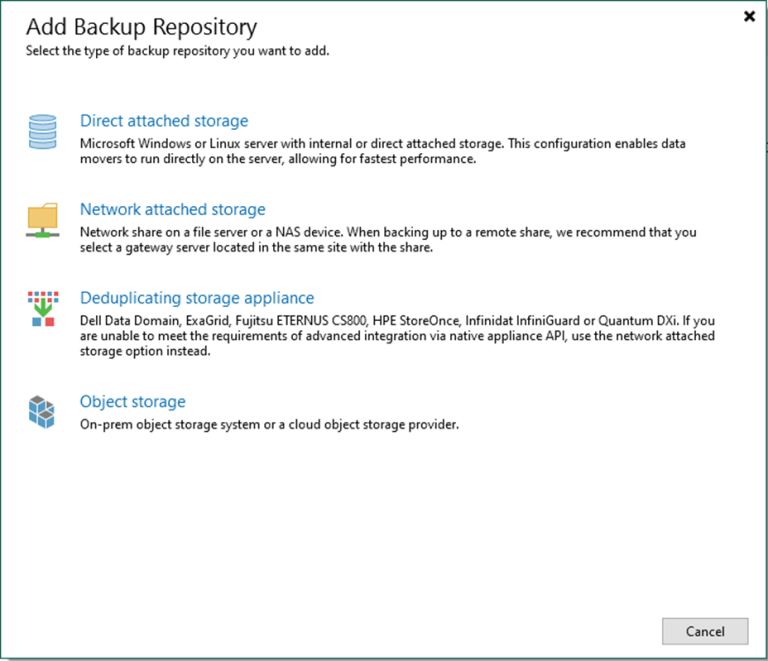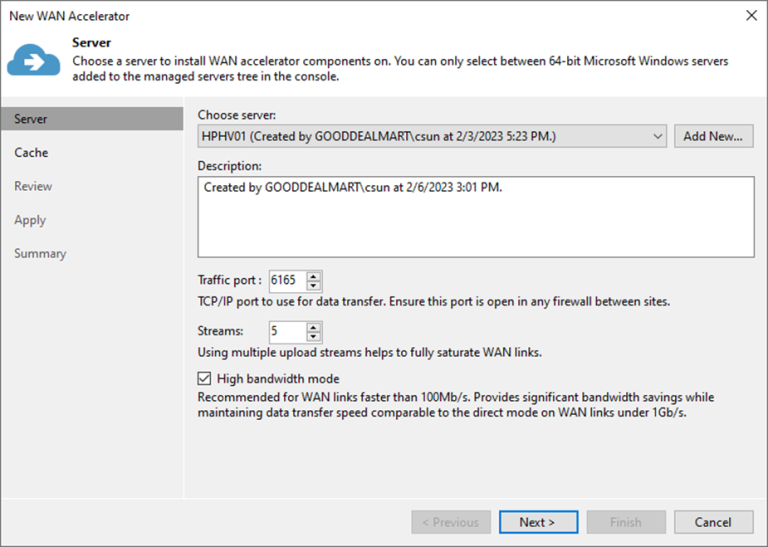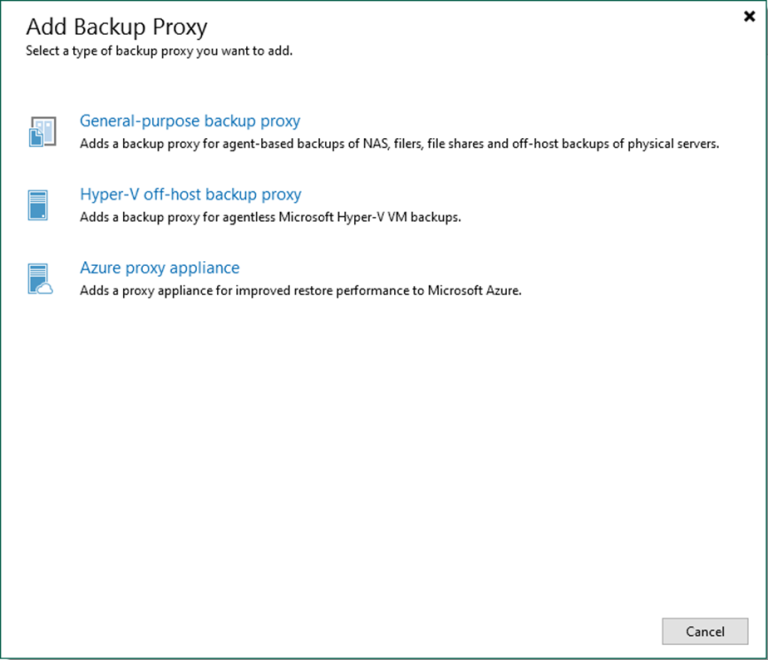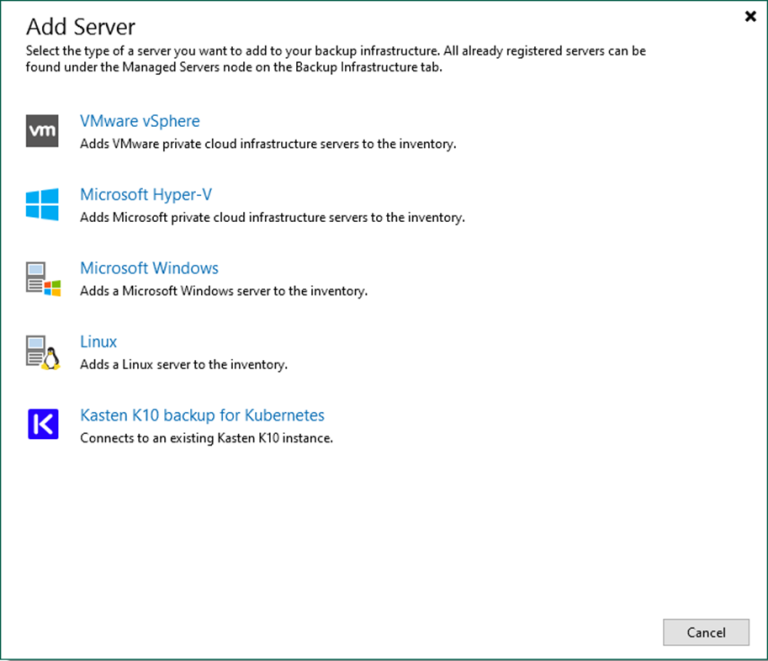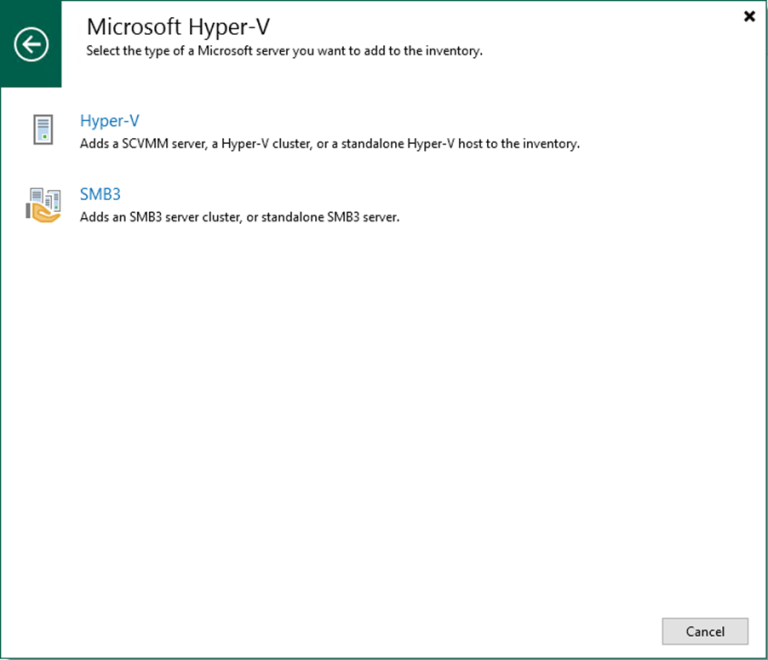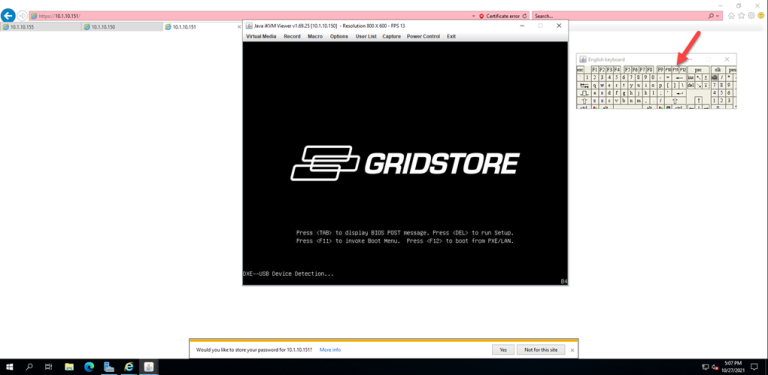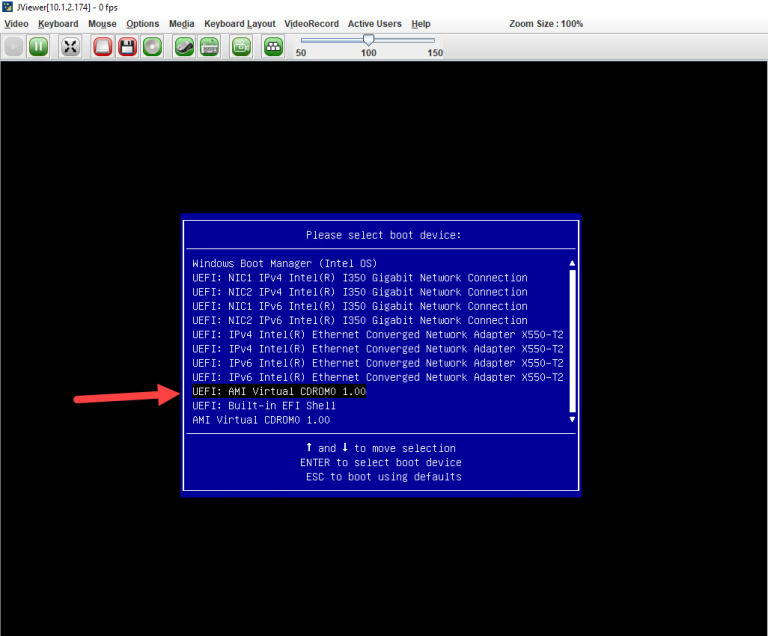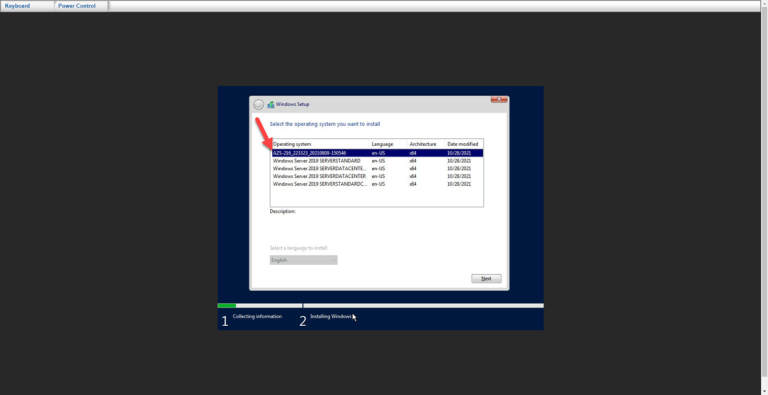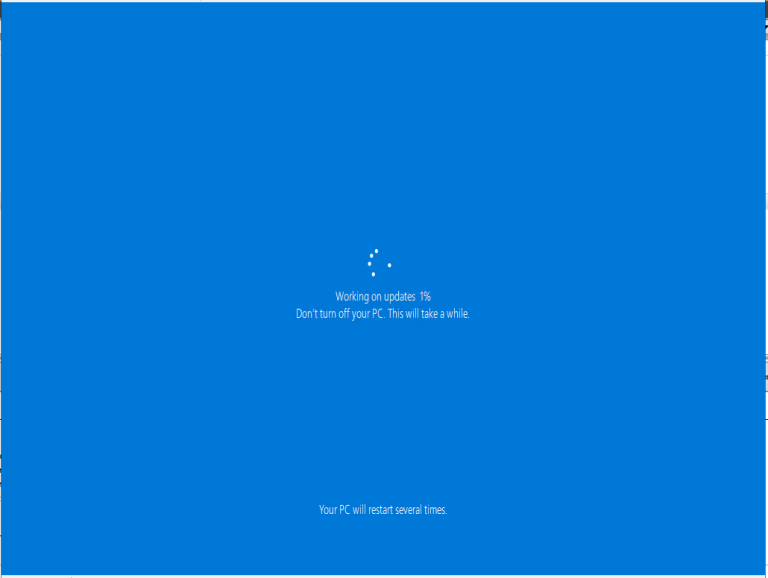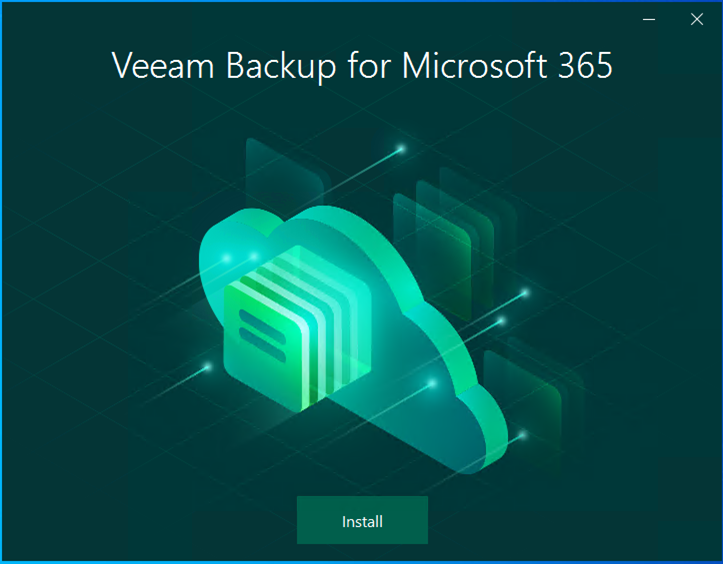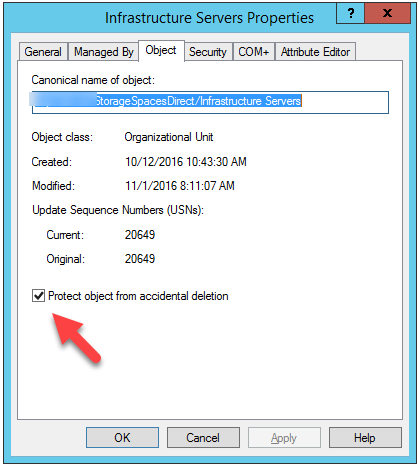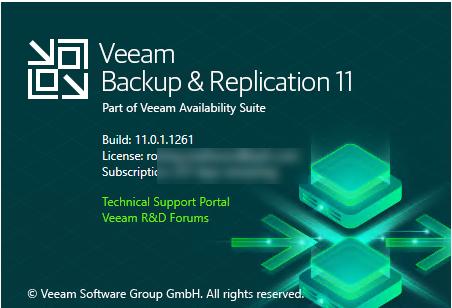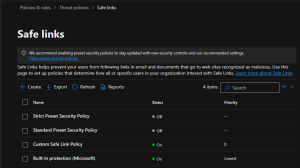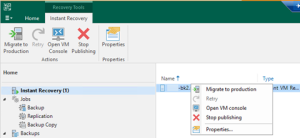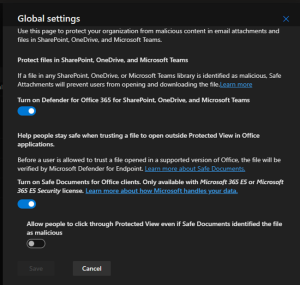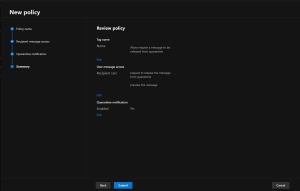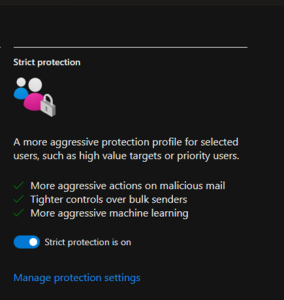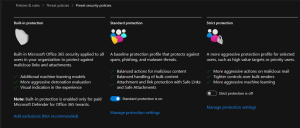When you try to extend the C drive from the Disk Manager tool but...
Windows Server 2022
Deploying Exchange Server 2019 involves several steps, including preparing the Active Directory environment, installing...
This procedure uses the managed backup server mode to create a backup job to...
You can use network-attached storage (SMB or CIFS Shares) as backup repositories with Veeam...
You can add the following types of storage to the Microsoft Windows server as a...
Veeam's WAN acceleration technology optimizes data transfer to remote locations. It is explicitly designed...
Off-Host Backup proxy servers will retrieve VM data from the source datastore, process it...
Suppose you plan to use as backup infrastructure components and servers that you plan...
Veeam Backup & Replication can perform backup, replication, and file copy operations on Microsoft...
There are many ways to rebuild the Hyper-V host, but I will show you...
There are many ways to rebuild the Hyper-V host, but I will show you...
There are many ways to rebuild the Hyper-V host, but I will show you...
his procedure upgrades a Windows Server 2012 R2 generation Hyper-V virtual machine to Windows...
Veeam released Veeam Backup for Microsoft 365 v6 on March 9, 2022, there are...
Today, I am going to show you how to delete a protected OU of...
Veeam Backup and Replication V11a release on September 27, if you are still using...
